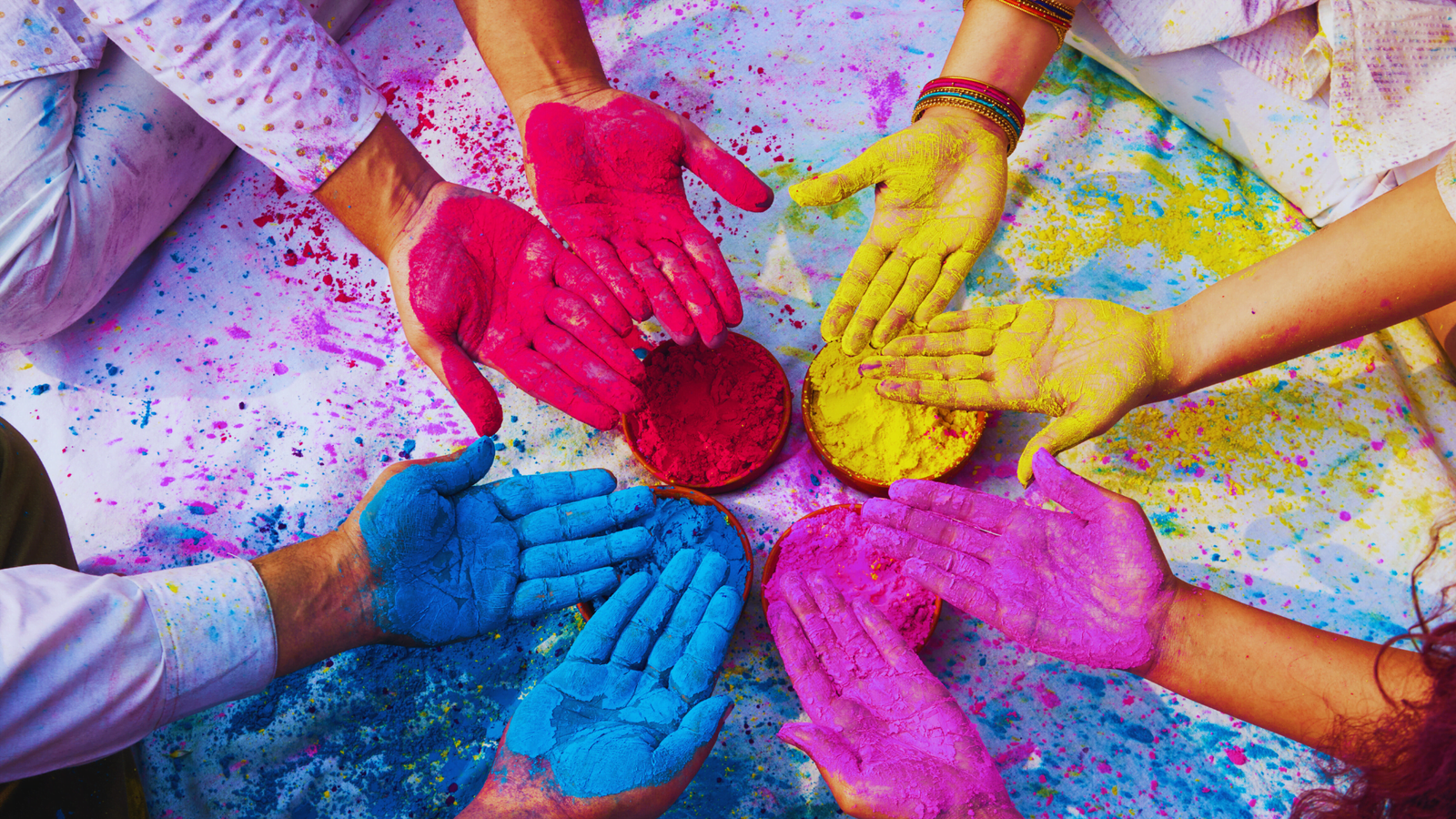Introduction
Chhau dance is a traditional folk dance that originated in the eastern Indian states of Jharkhand, West Bengal, and Odisha. It is a popular form of dance that is performed during various festivals, especially during the spring festival of Chaitra Parva, which is celebrated in the months of March and April.
Chhau dance is a combination of martial arts, acrobatics, and folk dance, and is performed by both men and women. The dance form is characterized by its use of colorful masks, elaborate costumes, and intricate footwork. The dancers also use swords, shields, and sticks as props while performing the dance.
Origin of Chhau Dance
The origin of Chhau dance can be traced back to the 18th century when it was performed by the tribal communities in the eastern Indian states of Jharkhand, West Bengal, and Odisha. The dance form was originally created as a way for the tribal communities to celebrate and worship their deities during religious festivals and important events.
As the dance form evolved, it was influenced by different styles of dance, including Kathak and Manipuri. The use of masks and elaborate costumes became an integral part of the dance form and were used to depict various characters from mythology and folklore.
Over time, Chhau dance began to gain popularity among people outside of the tribal communities and was gradually incorporated into mainstream culture. Today, it is recognized as a unique and significant form of folk dance that showcases the rich cultural heritage of eastern India.
Importance of Chhau Dance
Chhau dance is not just a form of entertainment but also holds immense cultural and historical significance. It has been passed down from one generation to another and is deeply rooted in the history and traditions of the eastern Indian states. The dance form also holds spiritual significance and is often performed as a form of worship during religious festivals.
Chhau dance is also significant in promoting unity and harmony among people. It brings together people from different communities and backgrounds to celebrate their shared cultural heritage.
Types of Chhau Dance
Chhau dance is typically performed in three styles: Purulia Chhau, Seraikella Chhau, and Mayurbhanj Chhau. Each style has its unique characteristics and is distinguished by its costumes, masks, and music.
- Purulia Chhau is known for its use of colorful masks and vibrant costumes. The dancers wear long, flowing skirts and elaborate headgear adorned with feathers and ornaments. The masks are made of paper mache and depict various characters from mythology and folklore.
- Seraikella Chhau, on the other hand, is characterized by its intricate footwork and use of martial arts. The dancers wear simpler costumes and masks that depict human faces rather than mythological characters.
- Mayurbhanj Chhau is the oldest and most traditional form of Chhau dance. It is characterized by its use of intricate hand gestures and footwork, and the dancers wear colorful costumes and masks that depict characters from Hindu mythology.
Current Relevance of Chhau Dance
Despite the age-old tradition, Chhau dance has managed to remain relevant in the modern world. It has gained recognition as a unique art form, and several efforts have been made to preserve and promote it. The Government of India has declared Chhau dance as a “national treasure” and has provided financial assistance to promote and preserve the art form.
Today, Chhau dance is performed not just in India but also in various countries across the world. It has been showcased at international festivals and cultural events, making it a global ambassador of Indian culture.
Furthermore, Chhau dance has also gained popularity among young people who are interested in traditional dance forms. Several schools and academies have been established to train young dancers in Chhau dance and ensure that the art form is passed down to future generations.
Also, Chhau dance has gained recognition as a unique art form, and several efforts have been made to preserve and promote it. The Government of India has declared Chhau dance as a “national treasure” and has provided financial assistance to promote and preserve the art form.
Conclusion
Chhau dance is a unique and vibrant form of folk dance that holds immense cultural and historical significance. Despite being centuries old, it has managed to remain relevant and continues to promote unity and harmony among people. Its current relevance and popularity among young people ensure that this art form will continue to thrive and evolve in the years to come.














